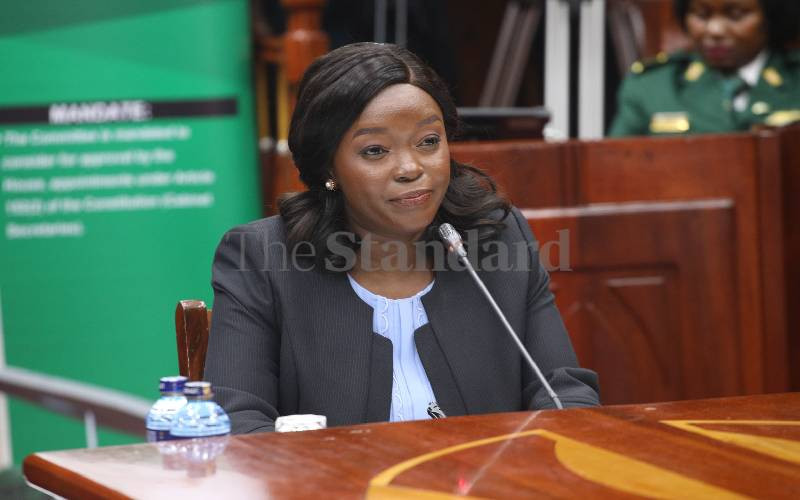By STANLEY MWAHANGA
The provincial administration and police in Coast region ignored or covered up intelligence reports on the planning and execution of tribal killings last year and early this year, according to a report of the judicial commission investigating the bloody hostilities between ethnic Pokomo and Orma.
The report exposes the discontent between various security organs of the government but specifically the frustrations of the National Intelligence Service (formerly NSIS), which ignored or dismissed alerts on plans for the killings, training of militia, prescription of oaths, purchase of arms and identity of planners as “too general to be acted on”.
The commission also found that, for unknown reasons, senior police officers orchestrated a massive cover up of impending violence, which included total disregard and disrespect of NIS or altered reports to conceal the actual scale and scope of the violence when it occurred.
Raising red flags
It says monthly reports about the state of peace in the area were deliberately misleading “to cover up or withhold information on the grave security situation in Tana River County districts”.
However, it laments that the district security committees were hostile towards NIS, which began raising red flags as early as April last year and the year before, and says top CID officers in Nairobi and in the troubled area, who testified to the commission of inquiry, “appear to have a quiet disrespect and disregard for security intelligence passed to them by the NIS”.
The commission cites a top officer from the CID headquarters dismissing intelligence received before the September 10 attack on Kilelengwani in which 38 people, including nine policemen, were murdered as “too vague and incapable of action”.
The report adds, “The end result is that NIS security intelligence reports duly received by the consumer security agencies were not acted upon.”
According to the report investigating the “29 days of terror in the Delta” the District Intelligence Security Committee did not act professionally in handling the briefs forwarded to them by the NIS.
The security agencies, according to a DCIO who gave evidence to the commission, dismissed the intelligence warnings as “mere information without any evidence”. The DCIO further alleged the intelligence briefs were too vague to be acted upon.
Evidence adduced to the build-up to ethnic tension by NIS dated October 12, 2011, alerted the DSIC of massive oathing by members of a group called the RRC in preparation for unleashing violence in the three districts of Tana River.
Another NSIS security brief on January 30, 2011, alerted the security agents of planned attacks by the Wardei community against the Orma in North Tana.
In a brief dated February 21, 2011, NIS reported tension in Hirimani location of Bura division and Bangale, where members of the Wardei community had stolen four AK-47 guns belonging to the Orma.
According to the report, the security briefs were received by the DCIS but were either ignored or overlooked by the body that was supposed to undertake the task of ensuring peace in the Delta.
Stay informed. Subscribe to our newsletter
 The Standard Group Plc is a
multi-media organization with investments in media platforms spanning newspaper
print operations, television, radio broadcasting, digital and online services. The
Standard Group is recognized as a leading multi-media house in Kenya with a key
influence in matters of national and international interest.
The Standard Group Plc is a
multi-media organization with investments in media platforms spanning newspaper
print operations, television, radio broadcasting, digital and online services. The
Standard Group is recognized as a leading multi-media house in Kenya with a key
influence in matters of national and international interest.
 The Standard Group Plc is a
multi-media organization with investments in media platforms spanning newspaper
print operations, television, radio broadcasting, digital and online services. The
Standard Group is recognized as a leading multi-media house in Kenya with a key
influence in matters of national and international interest.
The Standard Group Plc is a
multi-media organization with investments in media platforms spanning newspaper
print operations, television, radio broadcasting, digital and online services. The
Standard Group is recognized as a leading multi-media house in Kenya with a key
influence in matters of national and international interest.






